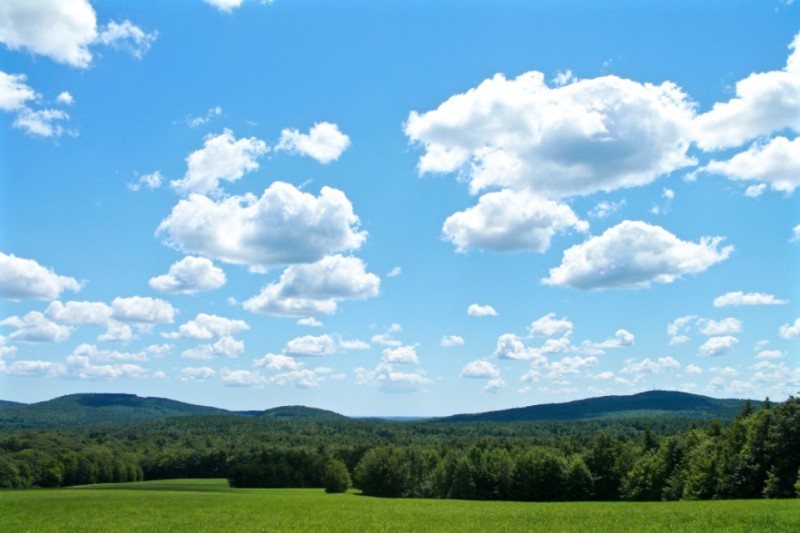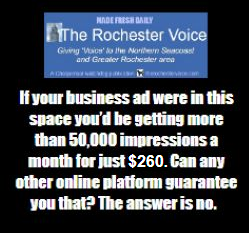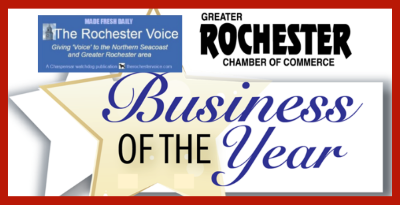
FARMINGTON - Have you been looking for places to walk lately? Some of your favorites may be town-owned lands, state parks, or national forests. At other places you visit, you may see a sign stating that the land is conserved or there may be mention of a land trust or a conservation easement.
But what makes land into conservation land? And what is a land trust? Do you know what a conservation easement is? In this series of articles by your local land trust, Moose Mountains Regional Greenways (MMRG), we will answer those questions, point you to a few of our favorite places to walk, and suggest some reasons why we think it's so important to conserve land.
'Conservation land' means the land will never be developed, not in 10 years or 100 years or even in 1,000 years. Land in 'current use' does not qualify as conservation land because it is not permanently protected. The landowner can choose to build houses or erect other structures on it at any time and simply pay the resulting penalty, called a land use change tax.
Bob and Debbie Leary exemplify landowners who love their land and wanted to make sure it would never be developed. Bob Leary explains, "Conservation of this land was important to us to preserve it for agricultural uses as a legacy for our family and for the history of the land. It's also too nice a resource to be selfish with it, so we invite the public to walk the trails and enjoy them, as we do." See MMRG's website, www.mmrg.info, for maps of these and other trails on local lands with public access that MMRG has helped conserve.












